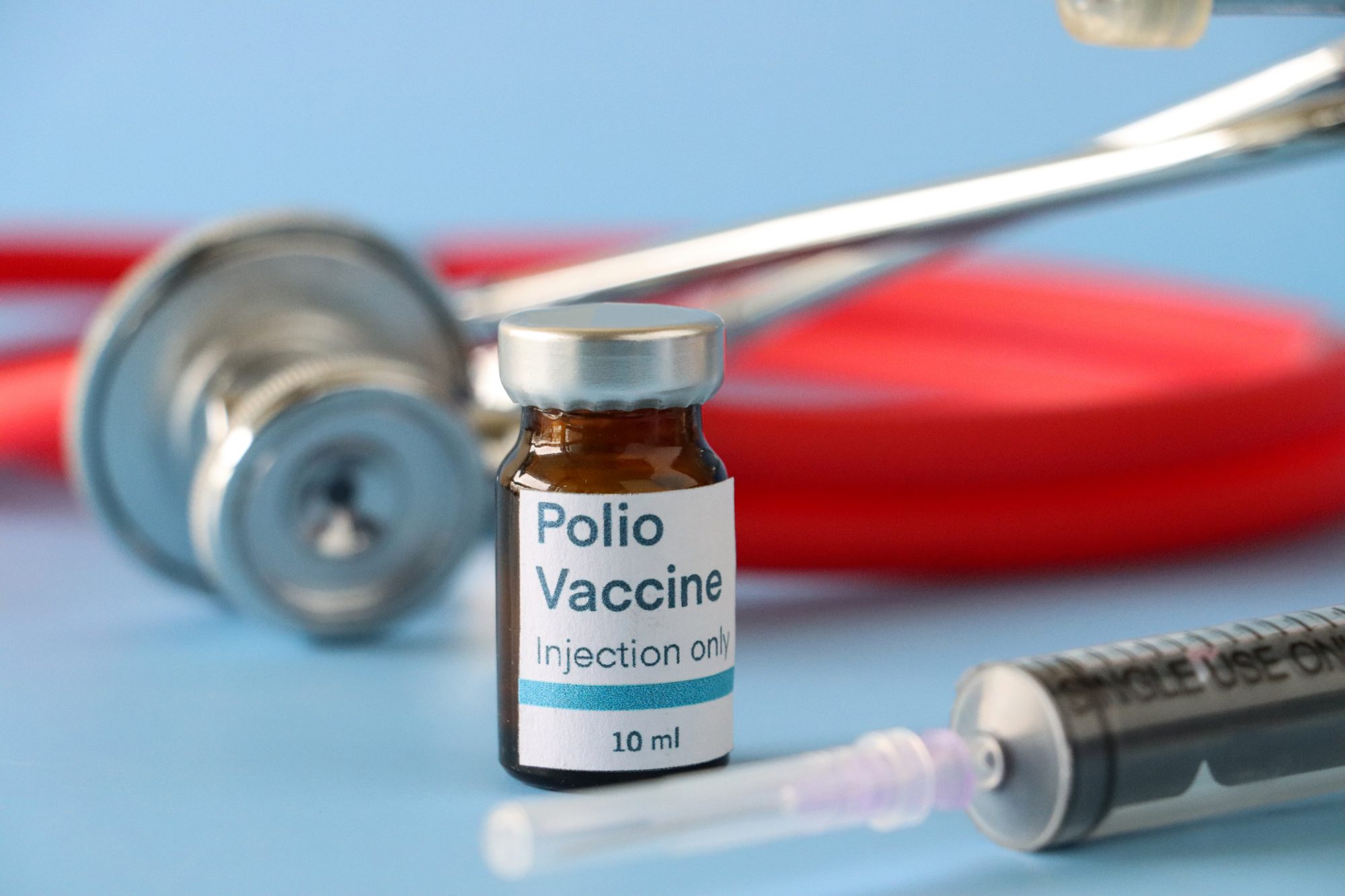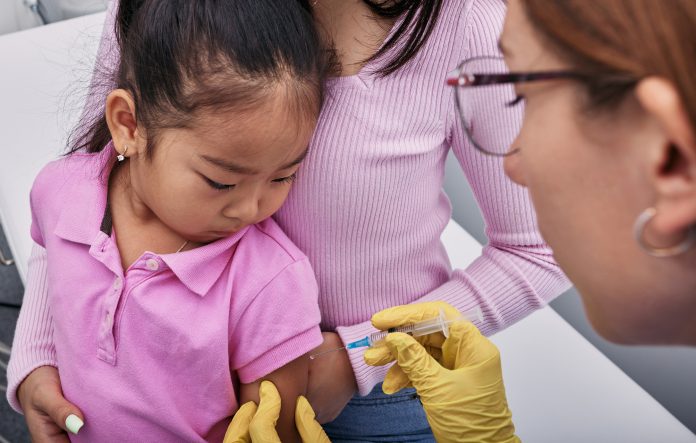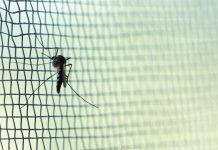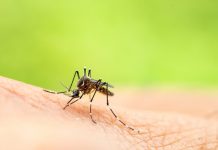Two groundbreaking new Polio vaccines (nOPVs) have been created by scientists in an effort to support the World Health Organisation’s latest initiative of eliminating polio completely
The endeavor, which commenced two years ago with the initial nOPV developed by the same research team, has now been further strengthened by the introduction of these two innovative vaccines.
First new polio vaccines in five decades
Notably, these represent the first new polio vaccines developed in the past five decades.
UCSF scientists, along with virologists from NIBSC, have developed two additional oral polio vaccines (nOPVs) that are featured in a recent Nature publication.
These vaccines, similar to the initial nOPV, are engineered using weakened poliovirus strains to minimize the risk of reversion to harmful forms. The collaborative effort was led by Dr. Raul Andino from UCSF and Dr. Andrew Macadam from NIBSC.
“With such variation in vaccination within and between countries, poliovirus has persisted into the 21st century, with sometimes tragic consequences,” stated Andino, co-senior author of the paper.
“We’ve designed these new vaccines using lessons learned from many years of fighting polio and believe they will help eliminate the disease once and for all” he added.

2023 sees breakthrough after many years of fighting Polio
Polio, a silent yet devastating disease, poses a significant threat, particularly to children, causing severe disabilities or even death.
The disease spreads through oral or fecal particles, which means that regions with poor sanitation are at high risk. In the 1950s, effective vaccines emerged, leading to extensive immunisation campaigns, primarily targeting children.
The inactivated polio vaccine (IPV) used dead poliovirus via injection, while the oral polio vaccine (OPV) used weakened poliovirus administered orally. Countries with robust healthcare systems prefer IPV, while OPV remains a cheaper and easier-to-administer option elsewhere.
IPV recipients can carry and transmit the virus silently, while OPV recipients can shed the weakened virus and potentially infect others. Mutations can turn the weakened virus pathogenic again.
Vaccine-derived polio poses a significant threat, surpassing wild-type polio cases, particularly in populations with inadequate vaccination coverage due to vaccine refusal, natural disasters, or conflicts.
Ultimately, urgent action is required to address this emerging source of polio infections and protect vulnerable populations.
A discovery born out of urgent action
Researchers made a groundbreaking discovery, understanding how the oral polio vaccine (OPV) can revert to a harmful form due to a single mutation, causing potential paralysis.
Based on this finding, scientists developed nOPV2, a new vaccine with three specific mutations to reduce the risk of genetic reversion, thereby improving safety and effectiveness compared to earlier vaccines.
The World Health Organisation’s emergency use listing of nOPV2 in 2020 has resulted in the successful delivery of over 600 million doses to more than 28 countries, effectively halting ten outbreaks of vaccine-derived polio and highlighting its potential to protect vulnerable populations.
New methods for the global eradication of Polio
Despite the effectiveness of nOPV2, which provides protection against one strain of polio, recent cases have emerged in highly vaccinated regions like Israel and areas with vaccine refusal in the US.
While hospitals may not report polio cases, the virus continues to be found in wastewater in major cities, highlighting the challenge of eradicating the last 1% of cases.
To expand the solution offered by nOPV2, researchers have incorporated the three crucial mutations into the other two types of oral polio vaccine (OPV).
These new vaccines, nOPV1 and nOPV3, have demonstrated effectiveness in preventing polio in animal models and are safer than the original OPVs, which rarely cause paralysis.
Potential for life-long protection for future generations
Clinical trials are currently underway to ensure the vaccines’ effectiveness and safety in humans, with the hope of incorporating them into combination vaccines with nOPV2.
This approach aims to provide lifelong protection against all strains of polio, potentially leading to a polio-free world for future generations.











